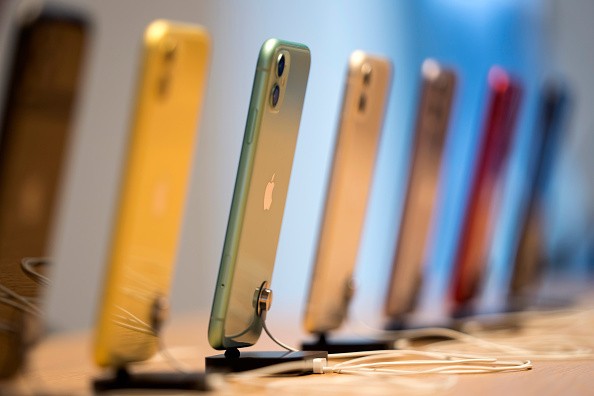Liquid lens is still a concept right now since most camera and smartphone manufacturers still rely on the traditional or glass-based model. On the other hand, the water-based lens could be a difficult innovation to develop.

Various professional photographers always advise that water and camera lenses should be separated since the outcome would be ugly. This is also the main reason why various smartphone creators, DSLR makers, and mirrorless camera developers are creating water-resistant products.
But, some smartphone experts claimed that if the liquid lens is successfully developed, camera phones could offer faster focus and other advanced photography features. Most of the water-based lens concepts show that this unique model would use a small pocket of liquid.
Compared to the traditional camera lenses, the new liquid lens offers a super-fast and sturdy photography function since it is small.
Liquid Lens Vs. Glass-Based Camera Lens
According to Tech Radar's latest report, the liquid lens could revolutionize the camera phone brands. Tech researchers suggested that water-based lenses could contain a transparent fluid capsule. This new model's pod would use pressure to manipulate the lens size instead of relying on mechanical components.

On the other hand, it could also use electrowetting, which involves pairing water with a separate layer of non-conductive oil. This new method is already proven effective by Corning's Varioptic lenses.
Meanwhile, traditional lenses still use glass to refract light, which is less efficient compared to water. Since this is a solid camera component, manufacturers tend to make their smartphones bulkier just to offer better photography outputs.
This is also the same scenario with DSLRs. If you want to have a lens that could provide better zoom features, shutter speed, aperture, and ISO effects, you need to purchase 55-200mm models, which are really larger than regular camera lenses.
Which One is Better?
In short, a liquid lens has the upper hand when it comes to size and light-refracting function. As of the moment, iPhone 12 series and Samsung Galaxy S21, and other high-end brands still use the traditional lens model.
The only one that offers a semi-liquid camera lens is the new Xiaomi Mi Mix Fold. If you want to know how the smartphone's camera performs, you can visit GSM Arena's recent report since the publishing site already provided this handset's features.
For more news updates about the liquid lens and other new camera lens models, always keep your tabs open here at TechTimes.
Related Article : Next-Gen Samsung Exynos AI-Based Chip Could Arrive: Expect Faster, Easier SoC Production; Can It Solve Chipset Shortage?
This article is owned by TechTimes
Written by: Griffin Davis




